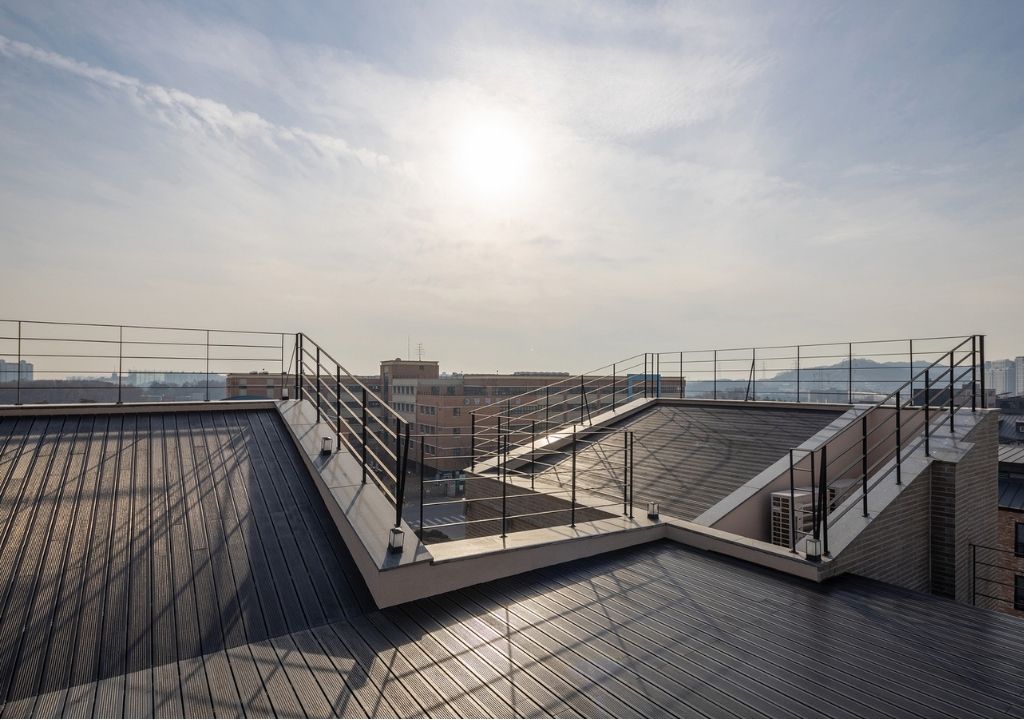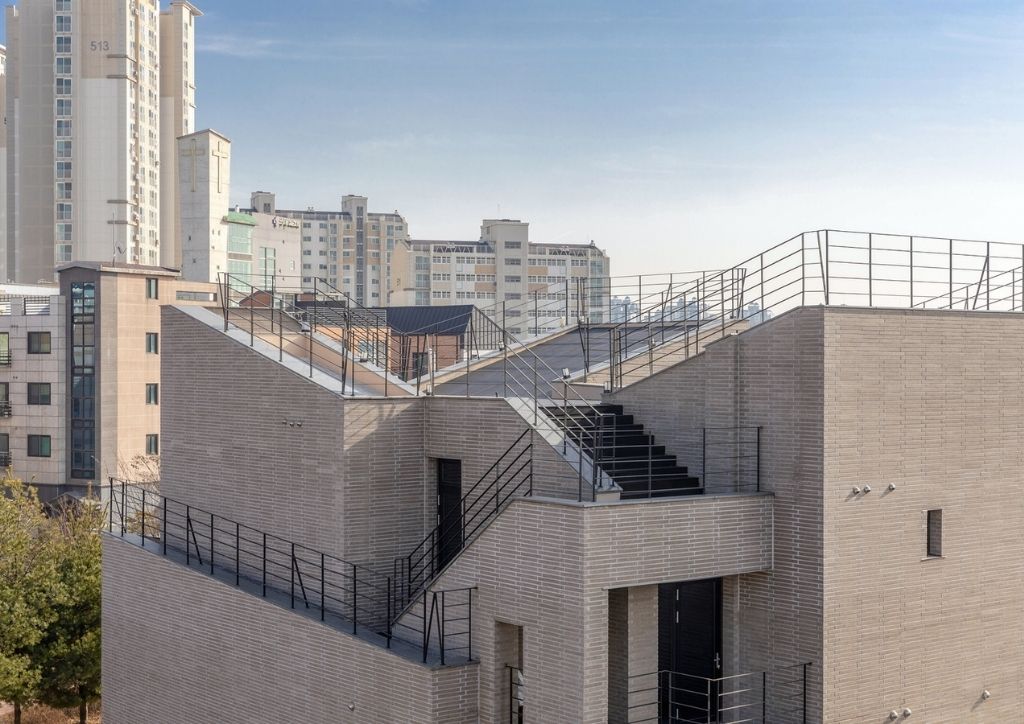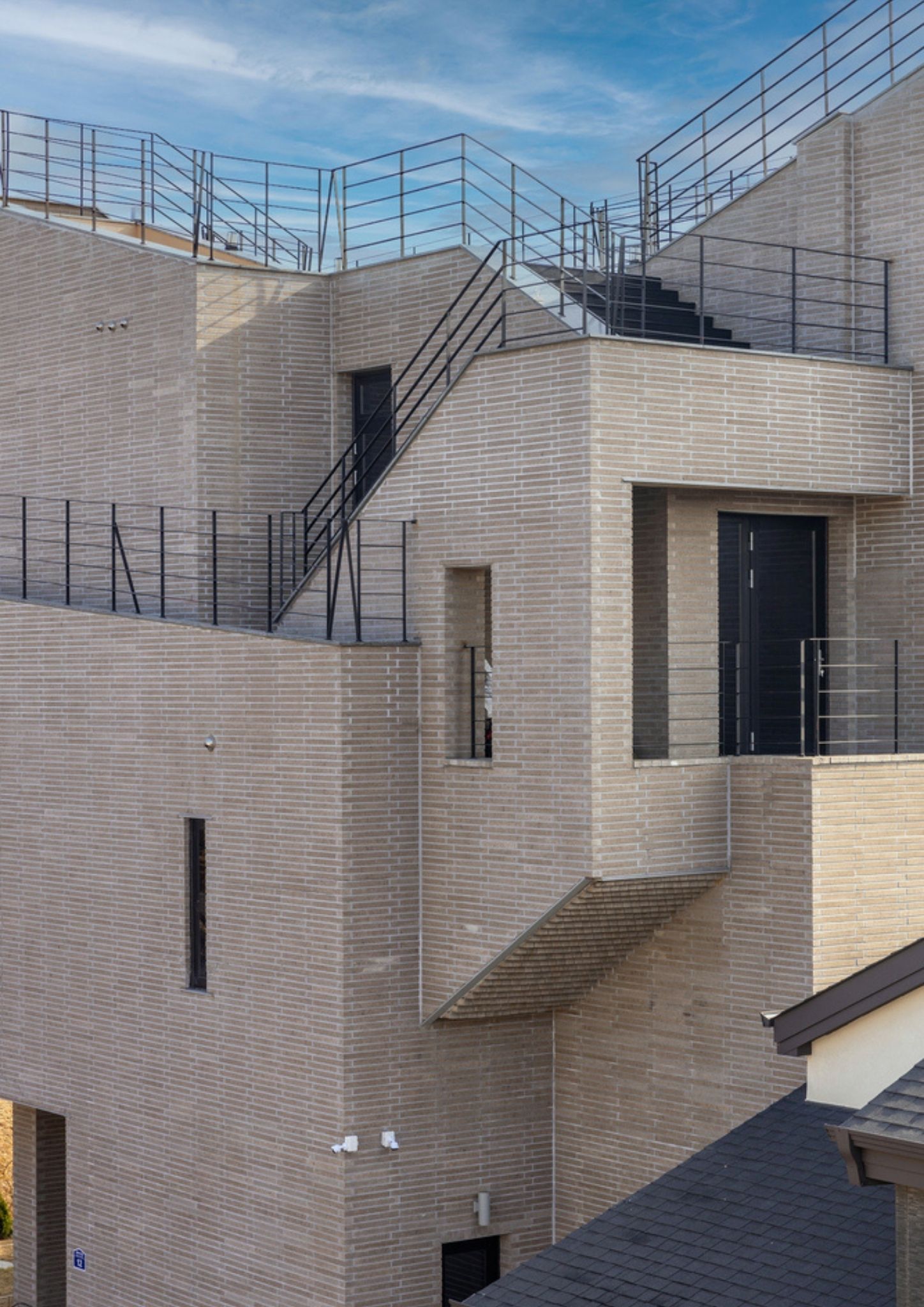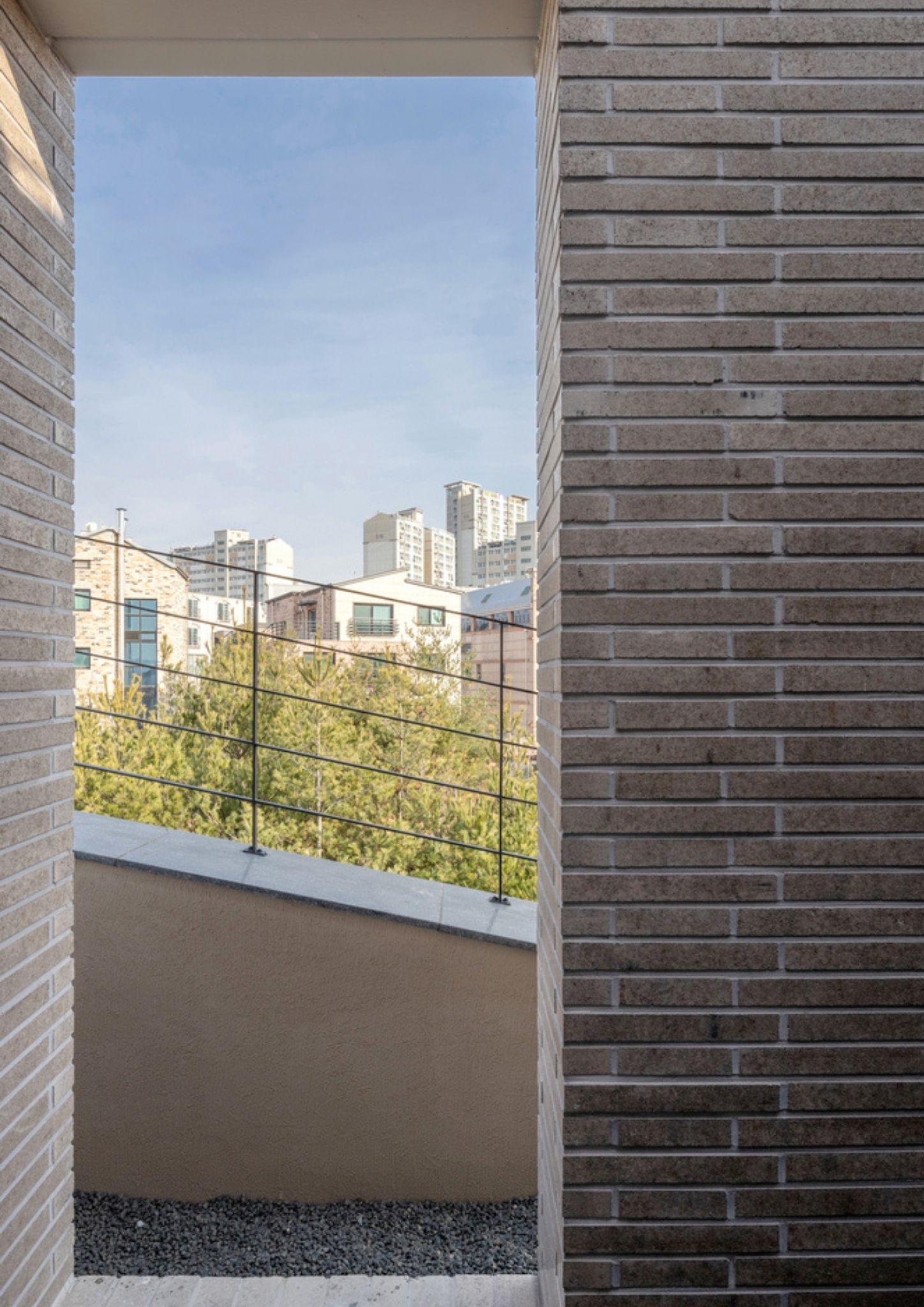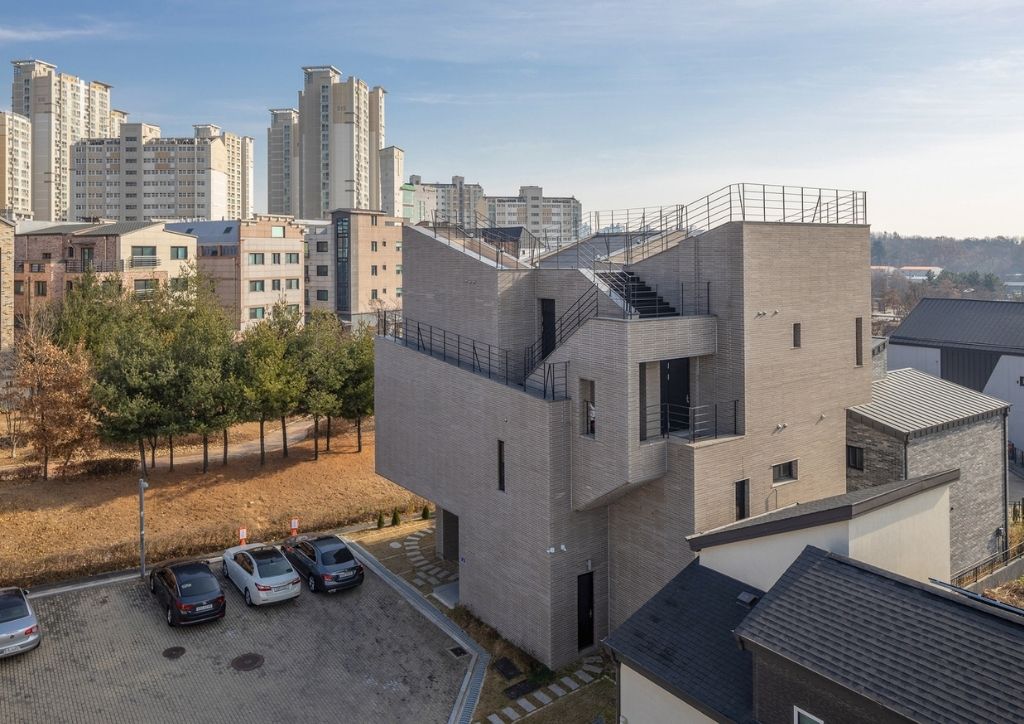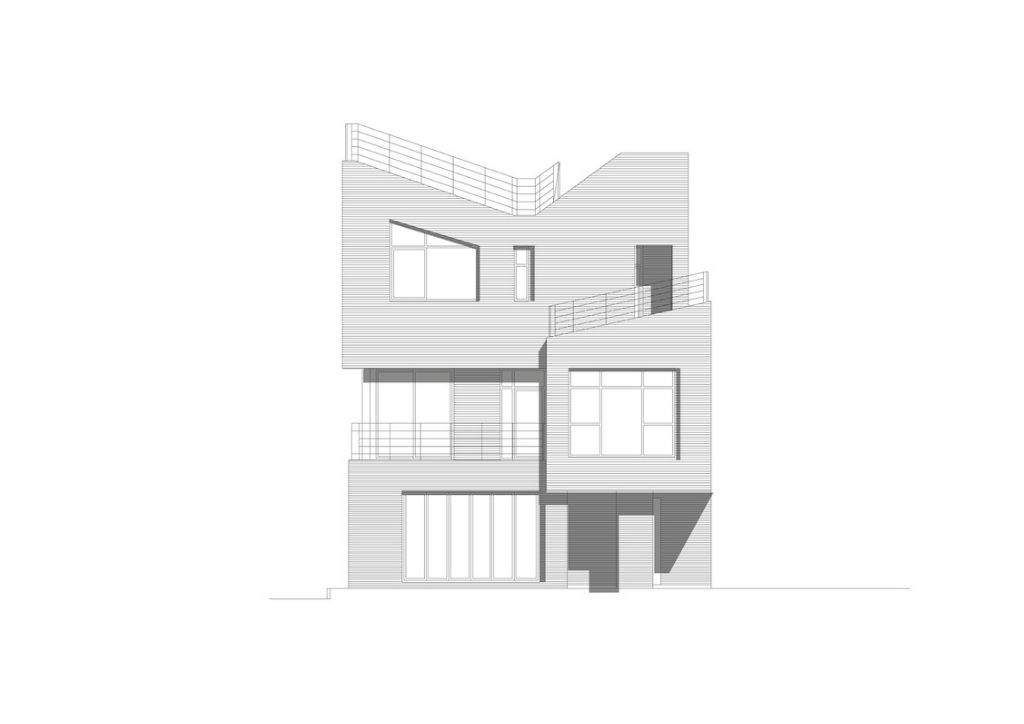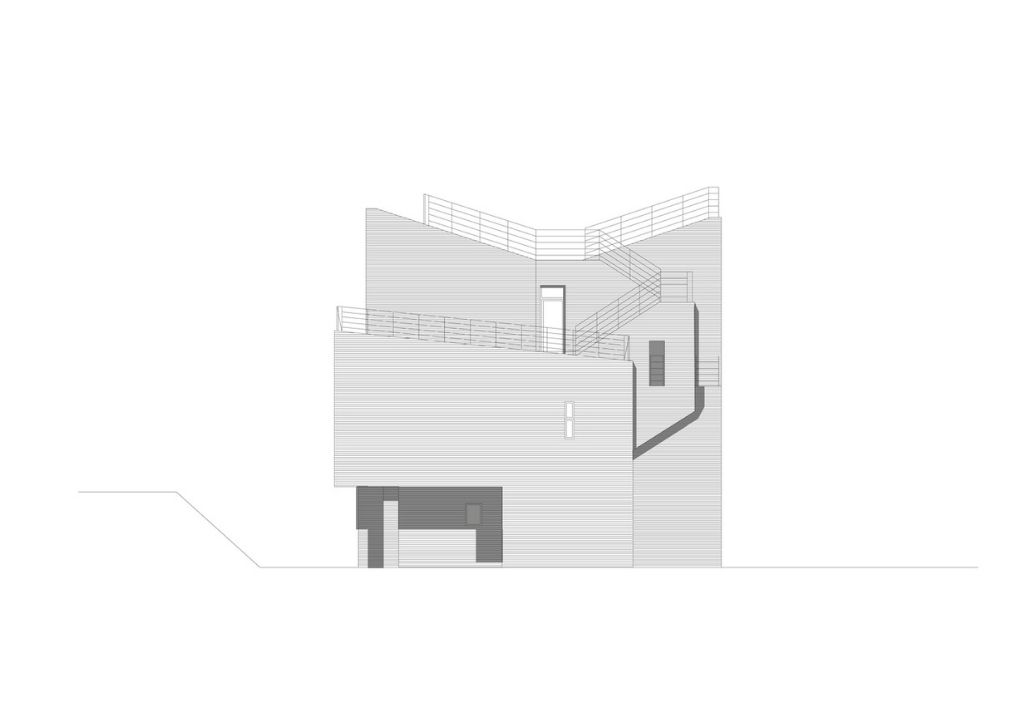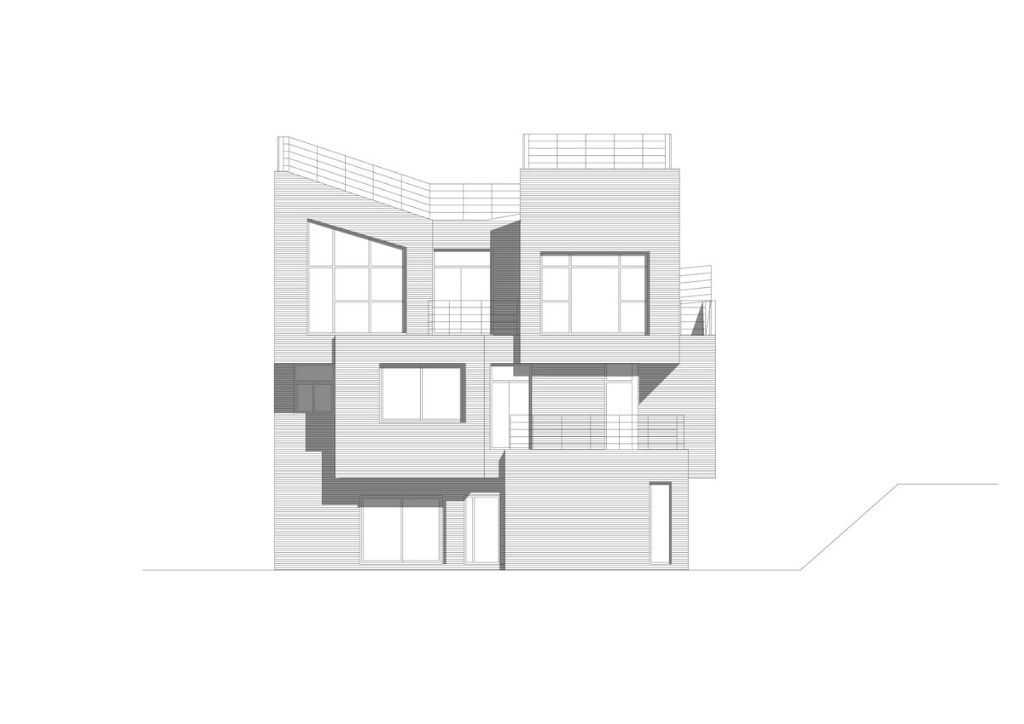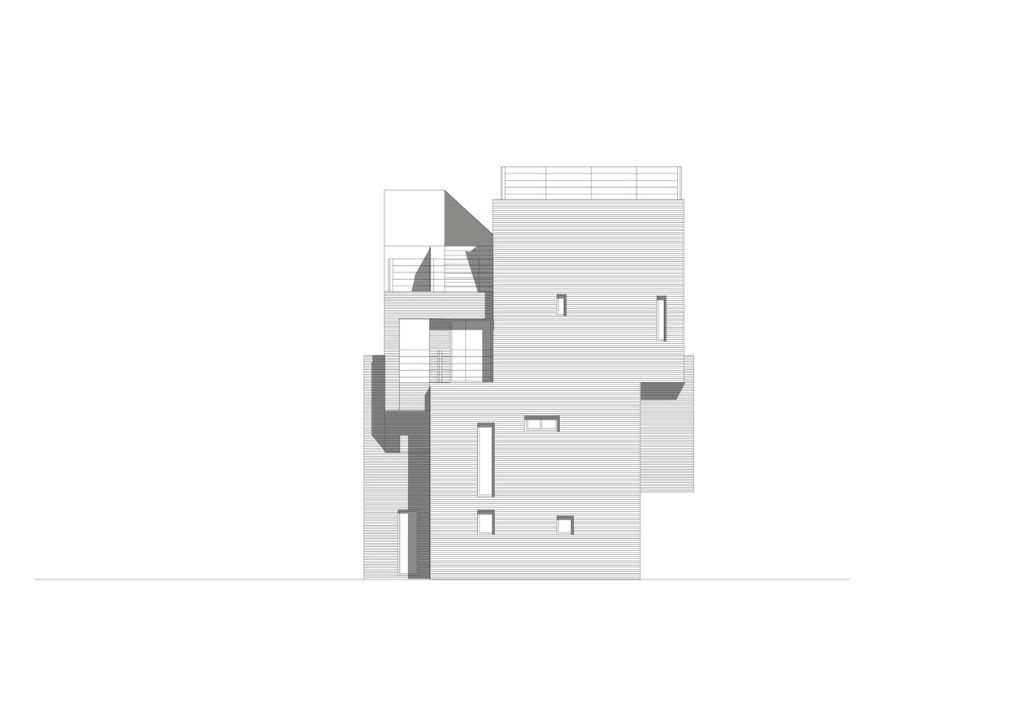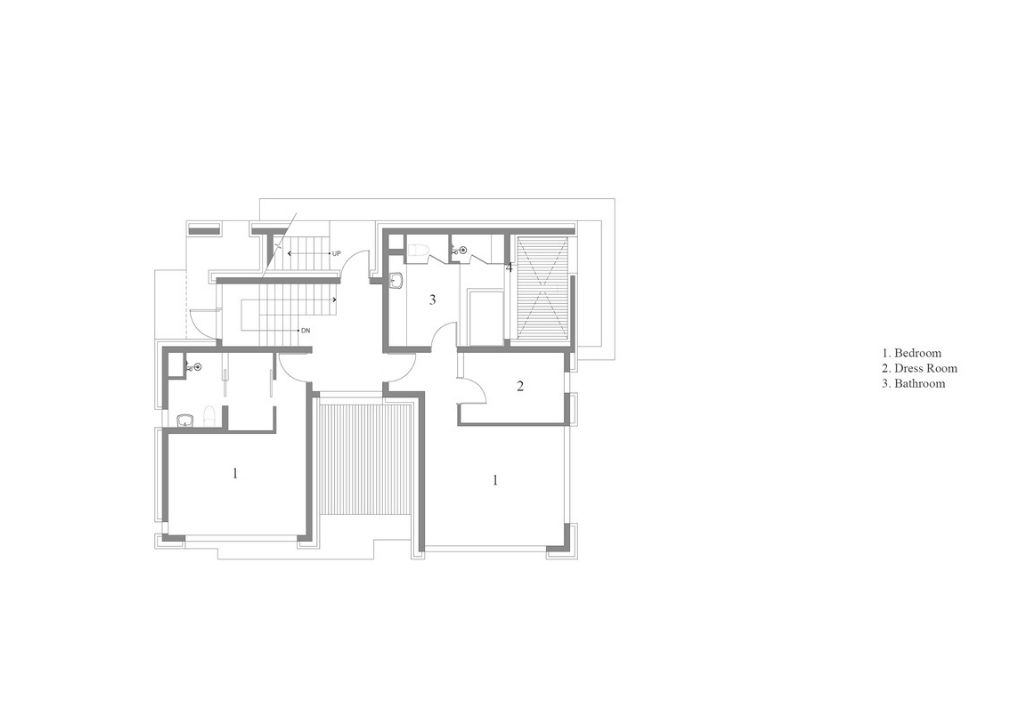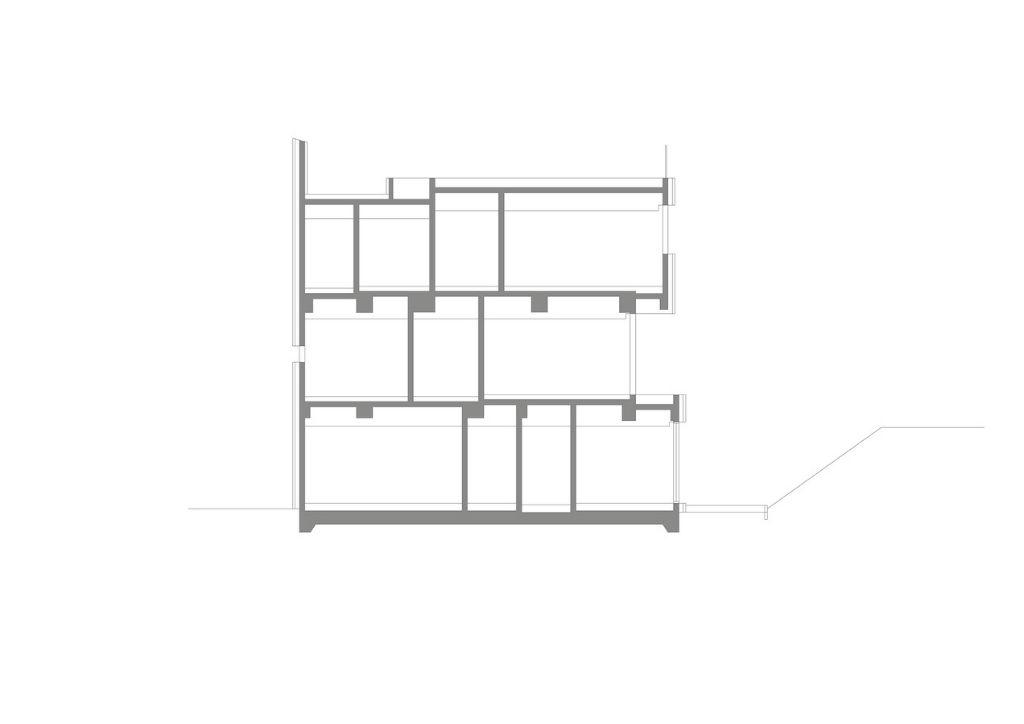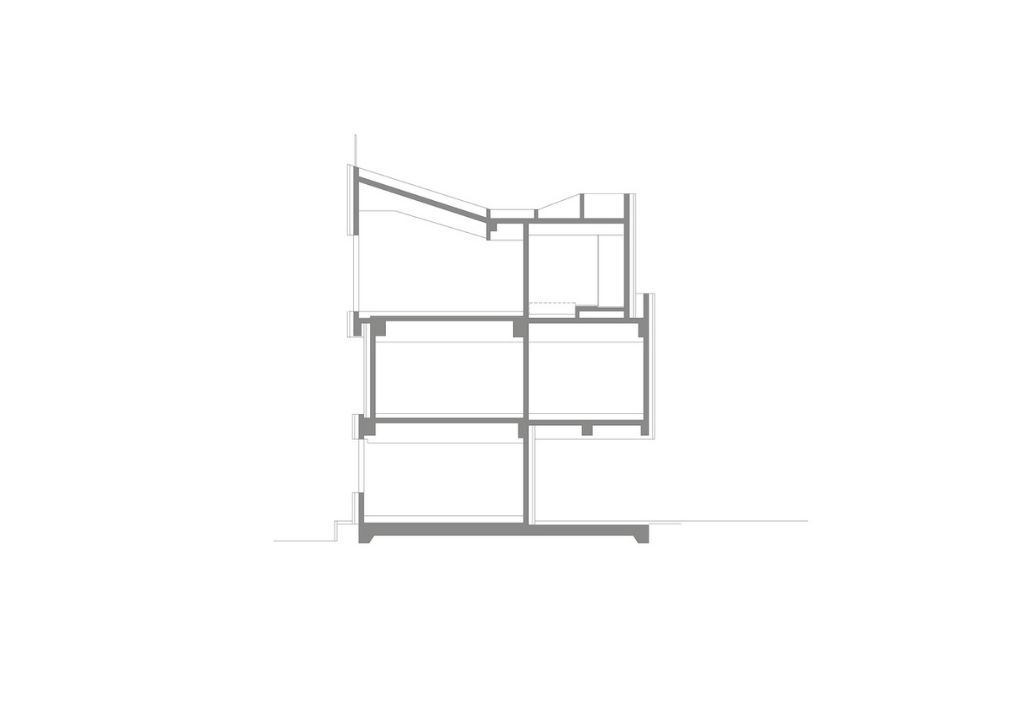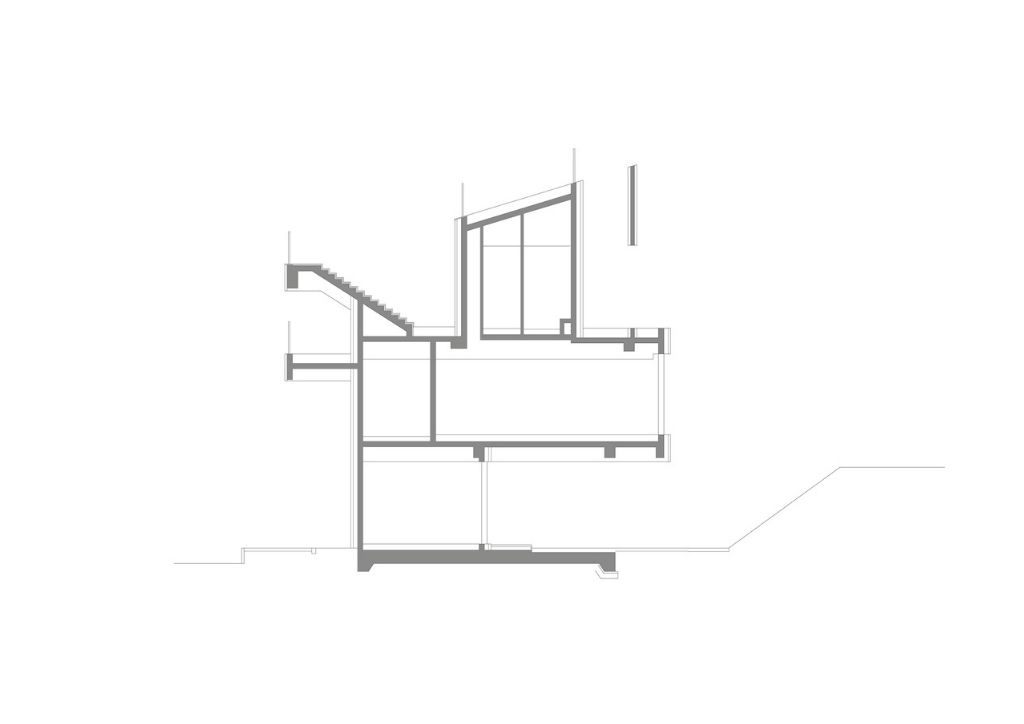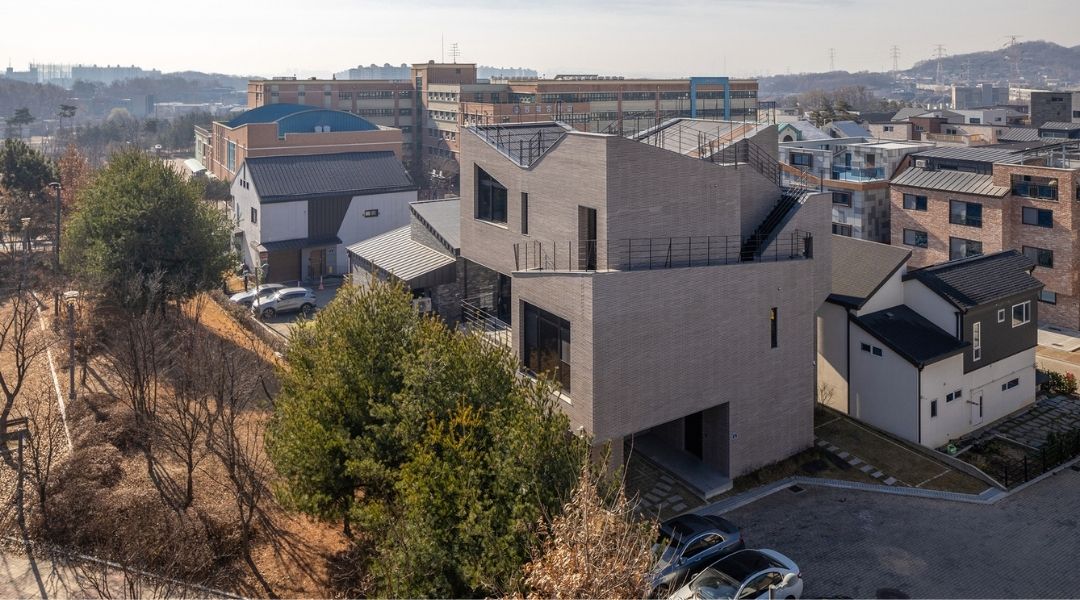
Simon House: An Assemblage of Independent Spaces for an Enduring Family Home
It’s the vision of every owner for their home to last for generations. Whether this is explicitly the core of the overall design or otherwise is another thing altogether. Simon House in Paju City, South Korea, designed by Seoul-based D-Werker Architects, is one such project. Interestingly, the client wanted a house that would grow older with him. It should also be a place that his children could stay with their own families in the future.
These requirements meant that the Simon House must be a residence and gathering space among the present and future generations. To achieve this goal, the architects envisioned the family members’ rooms to be independent spaces. They should spacious enough for all their daily activities, both work and recreation. This idea eventually became crucial to design process, which coincided with the COVID-19 pandemic.
Perhaps, inadvertently, the design became crucial in the age of quarantines and social distancing. “The sufficient size and independence of the space, which were the requirements of the client, have become essential elements in the era where people must prolong their stay at home,” the architects noted. Because of the design concept, the family members can comfortably stay at home, even when quarantine is necessary.
The bedrooms of each member are distributed on each floor. In essence, each room is an independent individual space. The family shared the living room and the kitchen, so these areas also have an independent structure. Each bedroom has a separate toilet so the family members may live independently. In addition, considering the limited size of the interior space, windows visually bring in the natural and urban exterior space surrounding the site.”
It’s also important to mention that the architects incorporated spacious outdoor areas in the Simon House. More time spent at home means greater need for external spaces over time. The limited area meant that a yard wasn’t possible. So, they experimented with the balcony spaces on the roof on each floor. Each balcony space attached to the commonly-used space, which also served as extensions of these common areas. To bring the outside world into the home, the architects arranged the windows so they show the view of the park outside. “It was intended to have the effect of expanding the space even if the client’s family might stay inside only,” they added.
Finally, durability and longevity of the space are also key factors for a multi-generational home. So, the architects used bricks as the main material that holds the shape of the structure. They also envisioned the stains on the bricks to eventually add character to house’s exterior.
Photography by Inwoo Yeo








